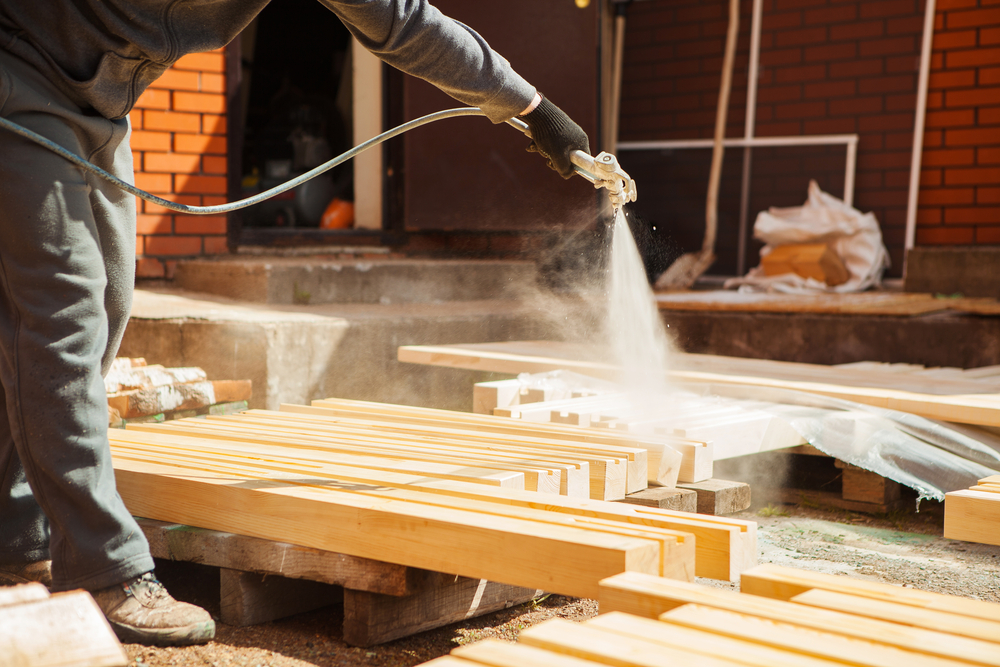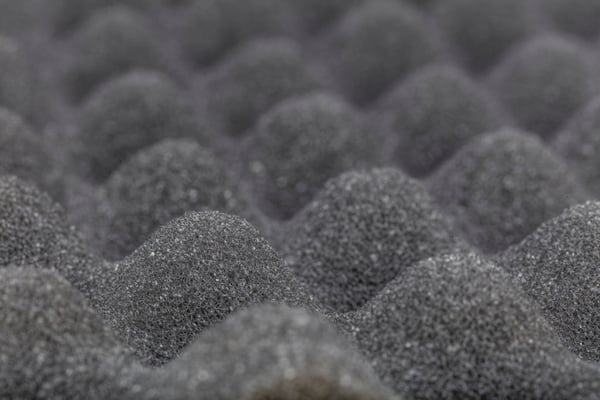Flame Retardants in Construction

Fire retardants are designed to prevent or slow down the spread of fire, therefore providing more time to evacuate during an emergency. They are used in construction projects to meet fire safety standards and codes. Flame retardants are available in a wide variety: they are classified according to their chemical composition, and are grouped based on whether they contain bromine, chlorine, phosphorus, nitrogen, metals, or boron.
Flame retardants are applied to construction materials to raise the temperature at which a material ignites. They reduce the burning rate as a result, and prevent flames from spreading. Fire retardants prevent fires from spreading, providing additional time for building occupants to escape and for firefighters to respond.
Make sure your building is well protected from fire.
Where are Flame Retardants used?
Flame retardants have been used since the 1970s, they are applied to the following products:
- Electronics and electrical devices: Computers, phones, laptops, televisions, etc.
- Furnishing: Foam, upholstery, carpets, mattresses, curtains.
- Transportation products: Seats, bumpers and other parts of cars, airplanes and trains.
- Building and construction materials: Electrical wiring, insulation materials and structural elements.
Flame Retardants in Construction Materials
Considering the importance of fire protection in buildings, flame retardants are a key element of many construction materials. A building that does not burn easily gives more time for evacuation, and automatic fire protection systems can stop most fires before the firefighters arrive.
Cables and Electrical Wiring
A large amount of wiring is present in buildings, usually bundled together and hidden on walls and ceilings. Unprotected conductors increase the risk of short circuits or electrical malfunctions.
- Since most wires are hidden behind walls and floors, maintenance is almost impossible without damaging the existing infrastructure.
- Therefore, wiring insulation is treated with flame retardants to reduce the possibility of electrical fires. The insulation helps prevents sparks and the spread of flames.
Insulation
To meet energy efficiency requirements, large foam sheets of polystyrene and polyurethane are used to insulate walls and ceilings. In addition to providing a thermal barrier, insulation also contributes to soundproofing.
Unfortunately, these materials can ignite easily, producing toxic fumes when they burn. Flame retardants are applied to these insulating foams, increasing fire resistance and providing additional time for evacuation. Flame retardants for foam insulation play a critical role in passing building material flammability standards, such as ASTM E84.
Structural Elements
Concrete, wood, plaster and steel structures are coated with special paints and sealants that contain fire retardants. Once applied, these form a thick, insulating, and non-flammable foam. These coatings protect the structural integrity of a building in case of a fire. It is important to secure structural elements from fire, especially those that serve as bases and support for a building. For example, steel loses its ability to support weight and collapses at certain temperature.
Safety Concerns When Using Flame Retardants

All flame retardants currently used in the construction industry are subject to evaluation and regulation from the U.S Environmental Protection Agency (EPA), and other regulatory entities around the globe.
Some groups have raised concern against flame retardants, advocating to change building codes and remove them from insulation and other products. It is important to understand that the fire safety requirements in building codes are the result of years of studies and analysis. That being said, every potential health risk due to flame retardants must be based on scientific facts, considering both hazard and exposure.
Proposed code editions that reduce flame retardant and fire testing requirements cannot be accepted, unless they are backed by solid evidence. For example, ASTM E84 provides a testing procedure to measure a material's reaction after exposure to fire, covering both flame spread and smoke density. If these two factors are disregarded, a building becomes unsafe and much more vulnerable to fire.
Conclusion
Flame retardants are chemicals that help prevent the ignition and spreading of fire when applied to construction materials. These substances raise the temperature at which a material ignites, while reducing its burning rate. This gives extra time for evacuation in case of an emergency, and flames can be controlled more easily by automatic sprinkler systems and firefighters.
Flame retardants are used in numerous products, ranging from electronics to construction materials. Since fire retardants have various compositions, concerns have been raised about the health and environmental impact of some retardants. Continuous research is needed to ensure that flame retardants meet fire safety requirements, while being harmless for building occupants and the environment.

Michael Tobias
Michael Tobias, the Founding Principal of NY Engineers, currently leads a team of 50+ MEP/FP engineers and has led over 1,000 projects in the US
Join 15,000+ Fellow Architects and Contractors
Get expert engineering tips straight to your inbox. Subscribe to the NY Engineers Blog below.



